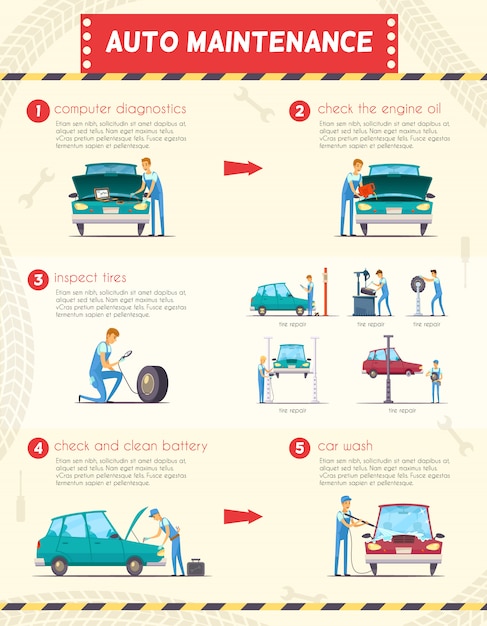Enlighten On Your Own On The Control Panel Warning Lights In Your Car To Understand Their Influence On The Health And Wellness Of Your Lorry
Enlighten On Your Own On The Control Panel Warning Lights In Your Car To Understand Their Influence On The Health And Wellness Of Your Lorry
Blog Article
Article Developed By-McKee Ferguson
When you're behind the wheel, those radiant caution lights on your control panel can be a little bit perplexing. Do you understand what they're attempting to tell you about your car's health? Recognizing the significance of these lights is crucial for your safety and the long life of your automobile. So, the next time among those lights turns up, would not you wish to understand its message accurately and take the required steps to address it?
Common Caution Lighting and Interpretations
Identify typical caution lights in your automobile and comprehend their definitions to make certain risk-free driving.
https://www.globenewswire.com/news-release/2022/06/08/2459251/0/en/Express-Mobile-Mechanic-Tampa-Is-Offering-Onsite-Auto-Repair-Services-In-Tampa-FL.html include the check engine light, which indicates issues with the engine or exhausts system. If this light begins, it's crucial to have your vehicle checked immediately.
The oil stress cautioning light indicates low oil stress, calling for instant focus to avoid engine damages.
A blinking battery light might recommend a malfunctioning charging system, potentially leaving you stranded otherwise resolved.
The tire stress surveillance system (TPMS) light notifies you to low tire pressure, impacting automobile security and fuel effectiveness. Disregarding this could bring about dangerous driving conditions.
The abdominal muscle light indicates a trouble with the anti-lock stopping system, jeopardizing your capability to quit quickly in emergency situations.
Finally, car mechanic simulator alerting light warns of engine overheating, which can lead to severe damage otherwise settled quickly.
Understanding these typical caution lights will help you deal with issues promptly and preserve risk-free driving conditions.
Relevance of Prompt Attention
Understanding the common caution lights in your vehicle is just the first step; the significance of immediately attending to these cautions can't be highlighted enough to ensure your safety when driving.
When a caution light brightens on your dashboard, it's your cars and truck's method of interacting a prospective problem that needs focus. Ignoring these cautions can bring about a lot more severe issues down the road, jeopardizing your security and potentially costing you more in repairs.
Trigger focus to cautioning lights can avoid break downs and mishaps. As an example, a flashing check engine light can indicate a misfire that, if left neglected, might trigger damage to the catalytic converter. Addressing this promptly can save you from an expensive fixing.
Likewise, a brake system alerting light may signify reduced brake liquid or used brake pads, critical elements for your safety when driving.
DIY Troubleshooting Tips
If you see a caution light on your control panel, there are a couple of DIY repairing pointers you can attempt prior to looking for expert help.
protech arizona is to consult your auto's handbook to comprehend what the particular warning light shows. Sometimes the issue can be as easy as a loosened gas cap setting off the check engine light. Tightening up the gas cap might deal with the problem.
https://elliottuojdx.blogunok.com/27940877/are-you-wanting-to-lower-your-automobile-repair-work-expenses is a low battery, which can trigger different warning lights. Examining the battery links for rust and ensuring they're safe may take care of the issue.
If a warning light persists, you can try resetting it by disconnecting the cars and truck's battery for a few minutes and afterwards reconnecting it. In addition, inspecting your lorry's liquid levels, such as oil, coolant, and brake liquid, can help fix alerting lights associated with these systems.
Conclusion
Finally, understanding your auto's warning lights is vital for maintaining your automobile running smoothly and safely. By immediately resolving these informs and understanding what they mean, you can prevent expensive repair work and prospective failures.
Keep in mind to consult your car's guidebook for specific information on each cautioning light and act appropriately to guarantee a hassle-free driving experience.
Remain notified, stay risk-free when driving!
